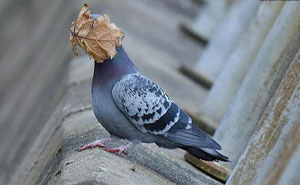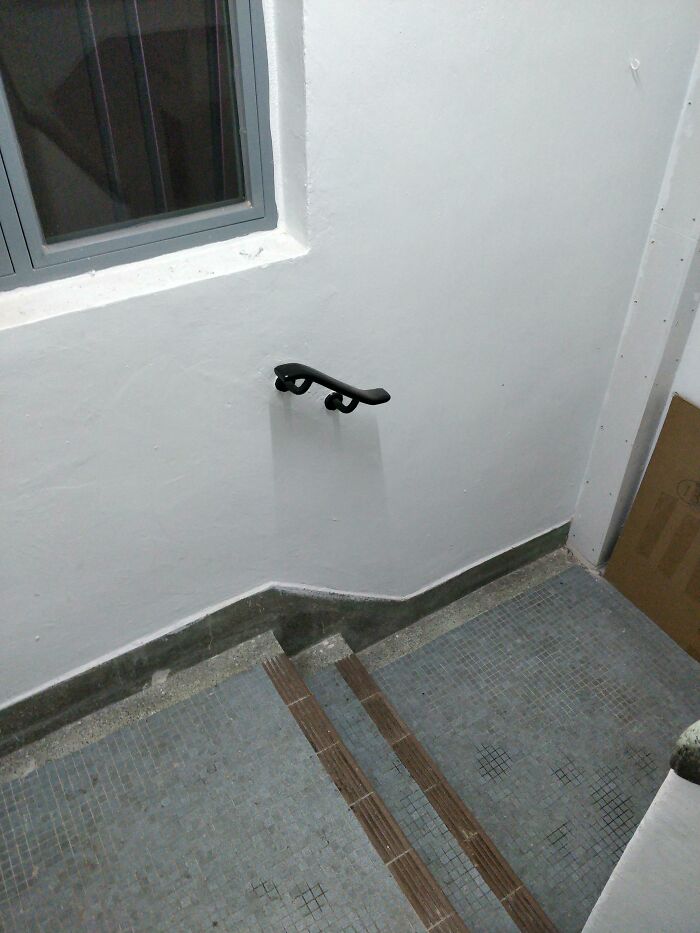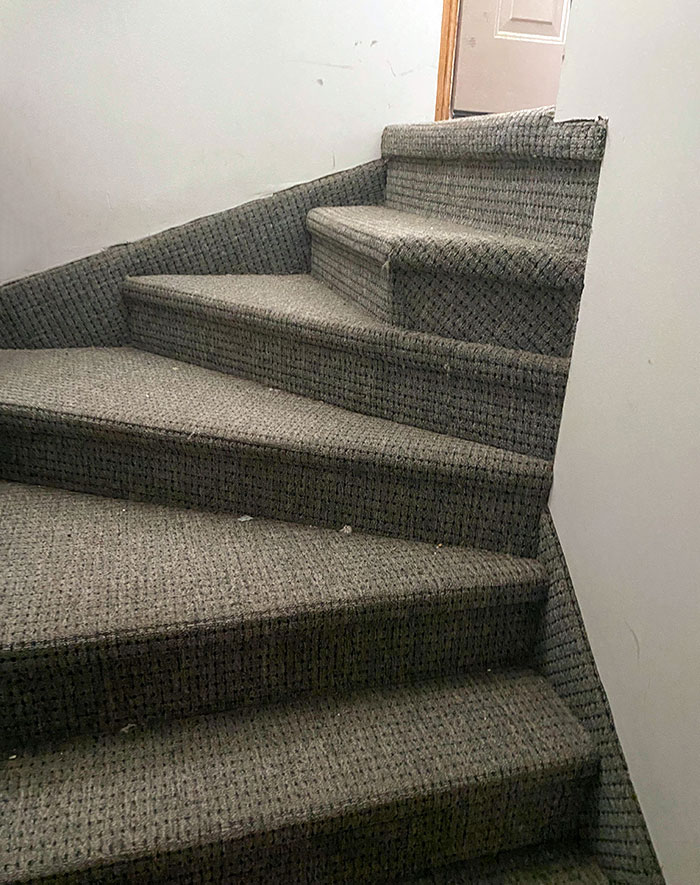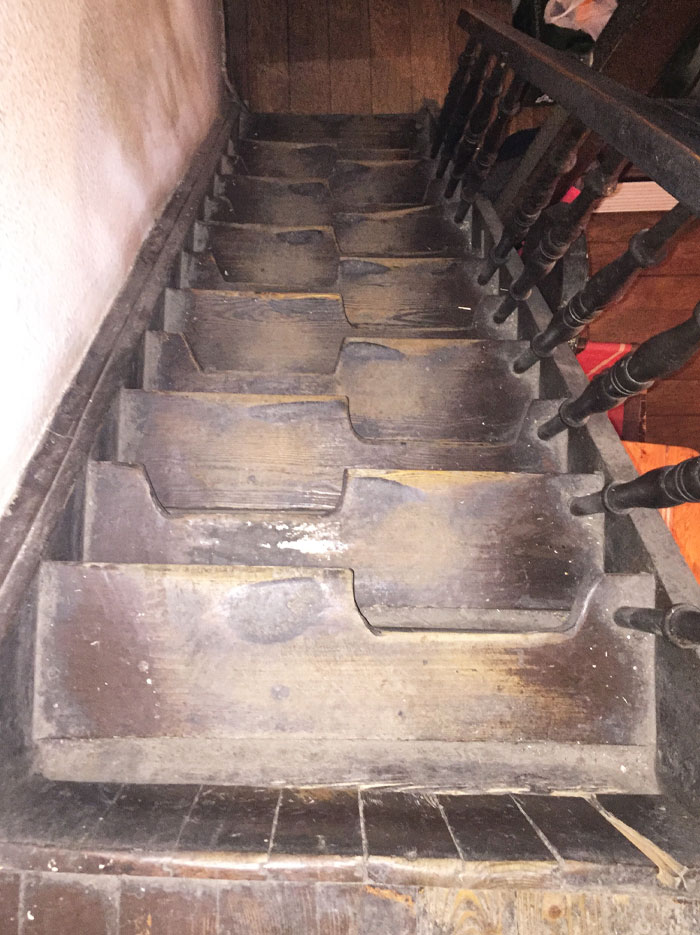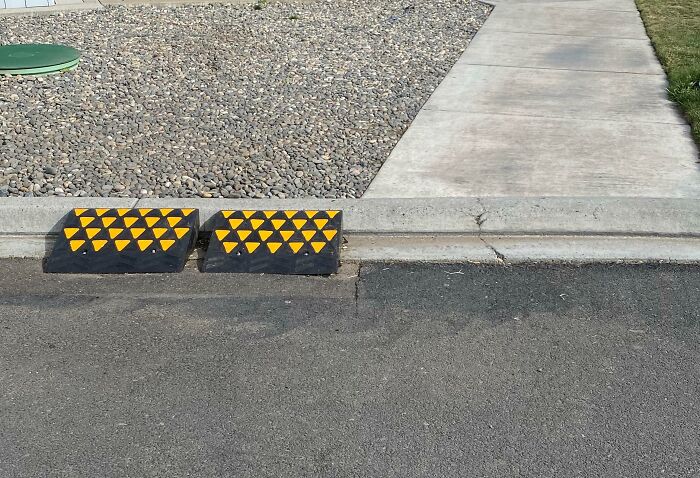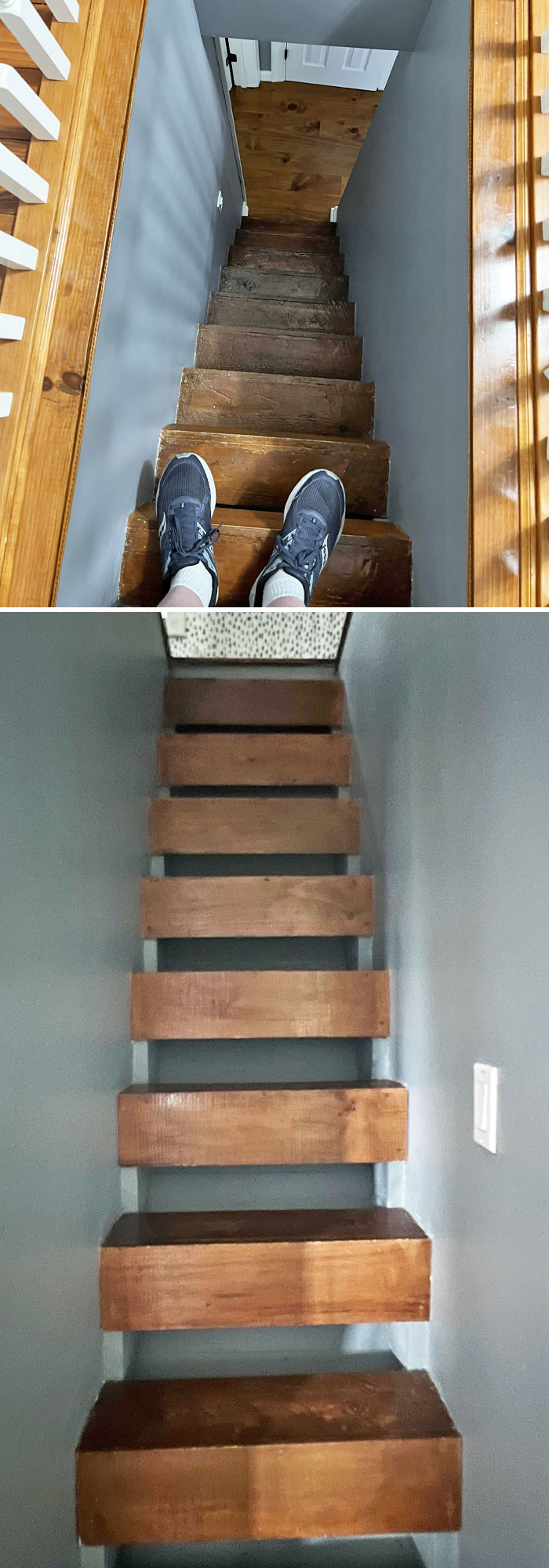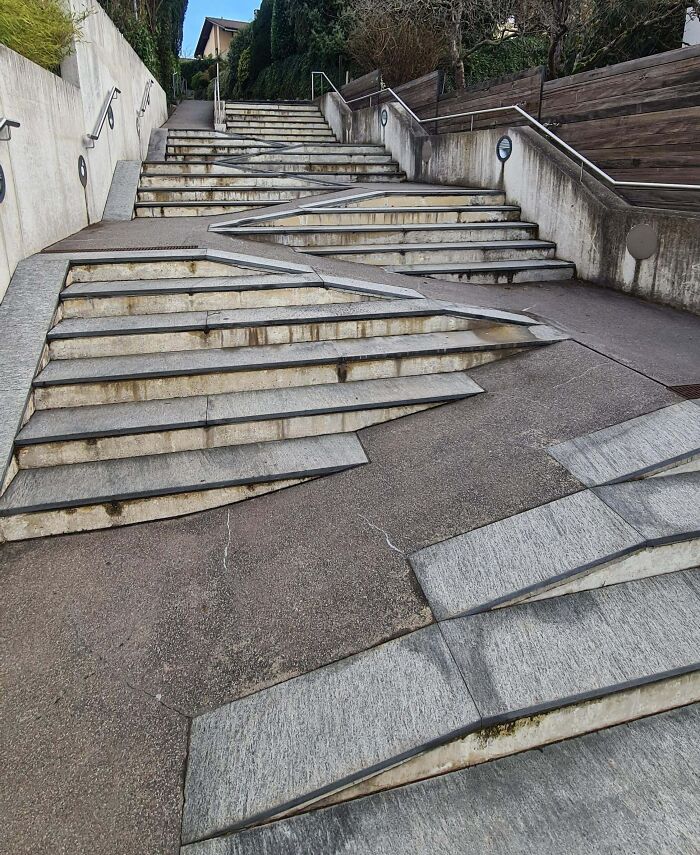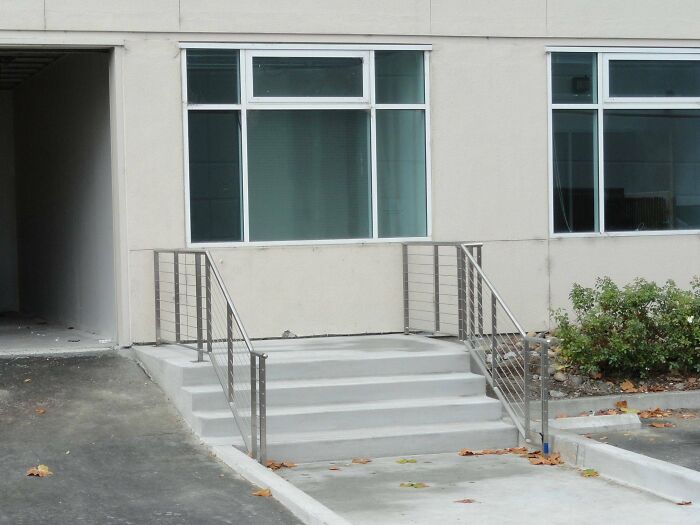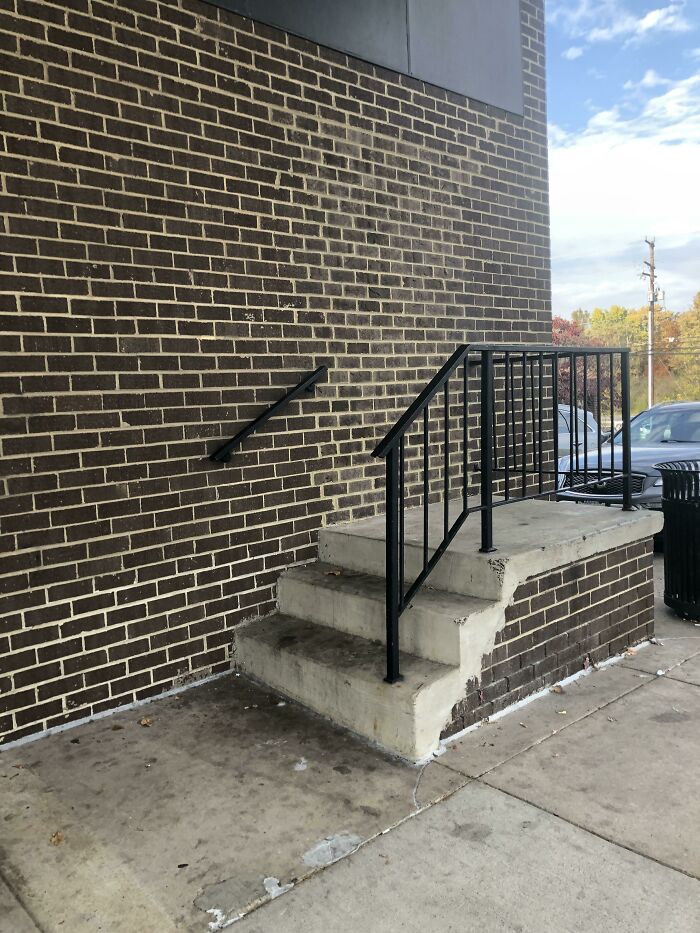To prove a point, to no-one but myself, I did a quick Google search. “What’s the point of stairs?” The results yielded no surprises: “The primary purpose of stairs is to provide a simple and easy means of moving between levels.” “Provide access from one floor to another.” “Provide a suitable means of escape in case of fire.” And so on and so forth. Yet there are stairs aplenty that could have you scratching your head - and possibly even breaking your neck. They are, for lack of a better word, pointless. So my next question for Google had to be “Why do some stairs look like they were designed and built by a blindfolded ostrich with its head in the sand?” Google was confused but did inform me, as a side note, that an ostrich’s brain is smaller than its eyeballs. Bored Panda has compiled a list of some of the most epic and bizarre stair design fails that might leave you thinking your eyeballs are deceiving you. And in case you ever encounter any of them, we spoke to two experts. One about the hidden purpose of strange stairs and another about how to remain firmly on your feet. “Stairs lend themselves to fantasy and artistic aspirations and it’s easy to get carried away and forget about functionality!” said world-renowned designer and architect, David Rockwell in an exclusive interview with Bored Panda. Rockwell is the Founder and President of the Rockwell Group and has won several awards, so he knows a thing or two about what works and what doesn’t. Rockwell told us that sometimes what appears to be a staircase design “fail” is actually a carefully planned masterpiece. “My favorite ‘stairway to nowhere’ is in the Fontainebleau Hotel in Miami Beach, designed by Morris Lapidus,” he said. “The stairs actually did lead to a mezzanine coat room, but their main purpose was to allow guests to take a moment on the way down to pose and show off—to see and be seen. The stairs provide the perfect ‘curtain up’ moment.” But of course, there will always be stairs that provide the perfect falling down moment. She chatted to Bored Panda to take us through the lesser known steps of climbing stairs. It turns out the journey of a thousand miles begins even before you take a single step. “When approaching a staircase in the home or the community, you will visually scan it before you reach the staircase. The visual scanning provides information regarding the location of the first step, as well as the height and depth of the treads, the number of steps, and location of handrails (if present),” said Rietdyk. “This visual information is used to guide foot placement and foot elevation to ensure that you climb the stairs safely. The visual information is gathered before you reach the staircase, and the visual information is updated as you climb/descend the stairs. Thus, it is important that vision is not impaired or obstructed." She warned that carrying large items like laundry baskets, or moving boxes adds an extra level of risk. Now throw in some bad stair design and imagine your brain doing backflips, as it tries to decipher an optical illusion of hieroglyphics, before translating it into a language your limbs can understand. Reasonable footwear, you say? Definitely time to ditch those 7-inch Marc Jacobs Kiki boots. Unless of course you want to be like this model who took the fall for fashion.
The team used hidden cameras to monitor risk behaviors associated with falls. These included wearing inappropriate footwear, not using handrails, skipping steps, using electronic devices and other distracting activities, not keeping hands free to grasp the handrail in the case of a stumble, and not looking at feet. Of the more than 2,400 students observed, all those who lost their balance were not watching their step. 69% of those who fell exhibited two or more risky behaviors. Young women made up around 80% of the risk-takers. And it was about more than wearing designer heels or platform boots. The research revealed that women were less likely to use the handrail, more likely to be carrying something and more likely to be chatting to someone while walking. “Often the stairs we design are sculptural, monumental centerpieces. Because of my interest and background in theater, I like to think about stairs as a central part of the choreography of a space,” said Rockwell. “Stairs really have a huge transformative power in terms of defining how we enter and exit a space, which makes them an intriguing design challenge. And the user’s experience and interaction with architecture and interior design elicits emotion in the process.” With that in mind, let’s just hope you never have to flee a building using any of the stairs pictured here.
But what goes up must come down… And when I say “come down”, what I mean is I made it halfway (semi-gracefully), before my foot missed a beat and my ass took a beating. I bounced the rest of the way down – all the way out onto the sidewalk. Luckily for me, no major injuries were reported, save for a bruised bum - and a broken ego. David Rockwell calls stairs ”a form of art”. And is there such a thing as bad art? We’ll leave that for you to decide. In his Ted Talk, “The Hidden Ways Stairs Shape Your Life”, Rockwell described how stairs shape our movement and emotions: “As we move across a stairway, the form dictates our pacing, our feeling, our safety and our relationship and engagement with the space around us.” “So for a second, think about stepping down a gradual, monumental staircase like the one in front of the New York Public Library. From those steps, you have a view of the street and all the people around you, and your walk is slow and steady because the tread is so wide," he told the audience, before adding, “That’s a totally different experience than going down the narrow staircase to, say, an old pub, where you spill into the room. There, you encounter tall risers, so you move more quickly.” Provided you weren’t engaging in any other risky behavior, blame it on the stairs. Obviously. They should have understood the assignment and encouraged you to walk at a slow and steady pace. Follow Bored Panda on Google News! Follow us on Flipboard.com/@boredpanda! Please use high-res photos without watermarks Ooops! Your image is too large, maximum file size is 8 MB.
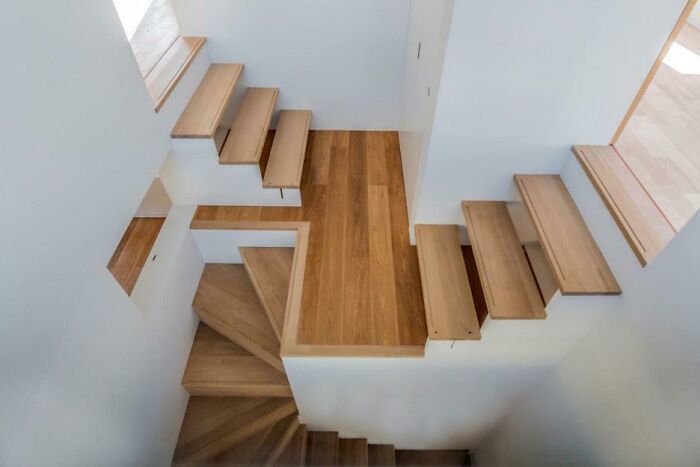


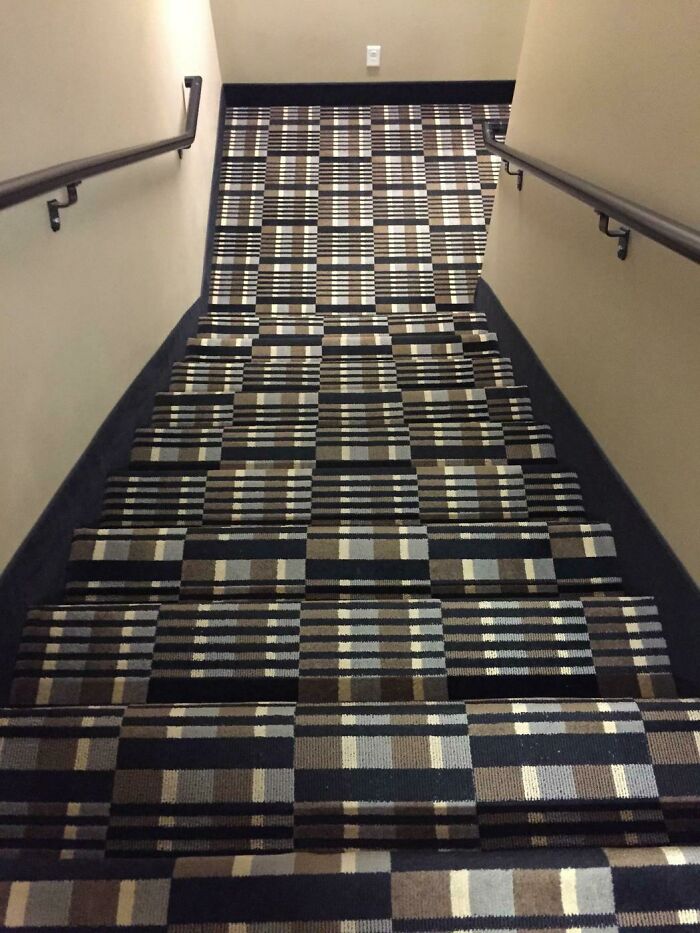


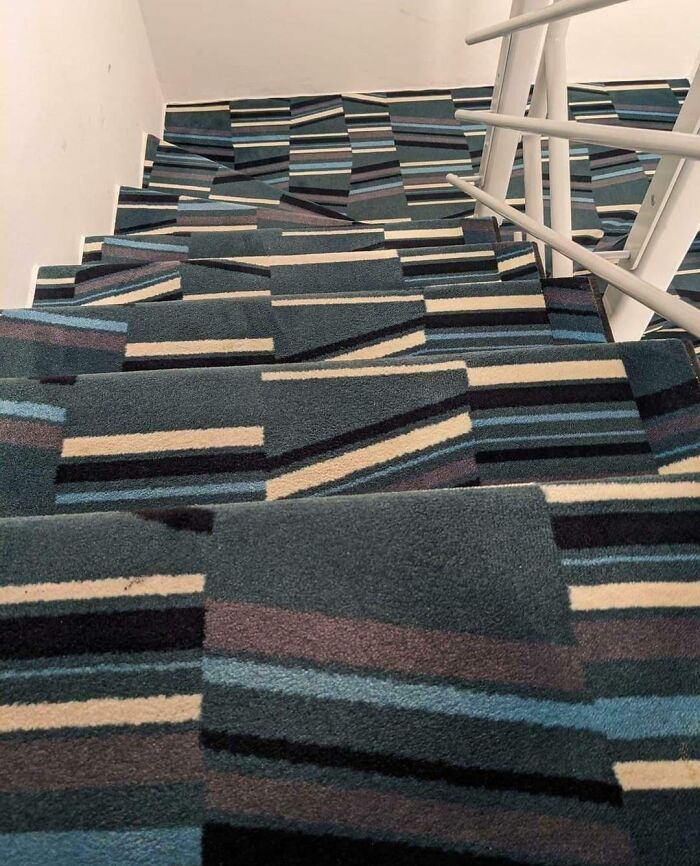


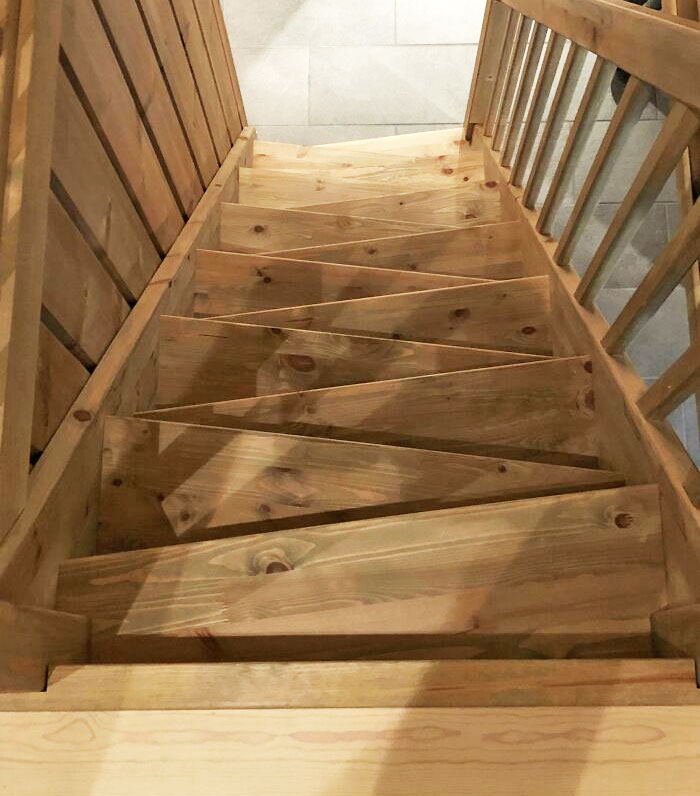


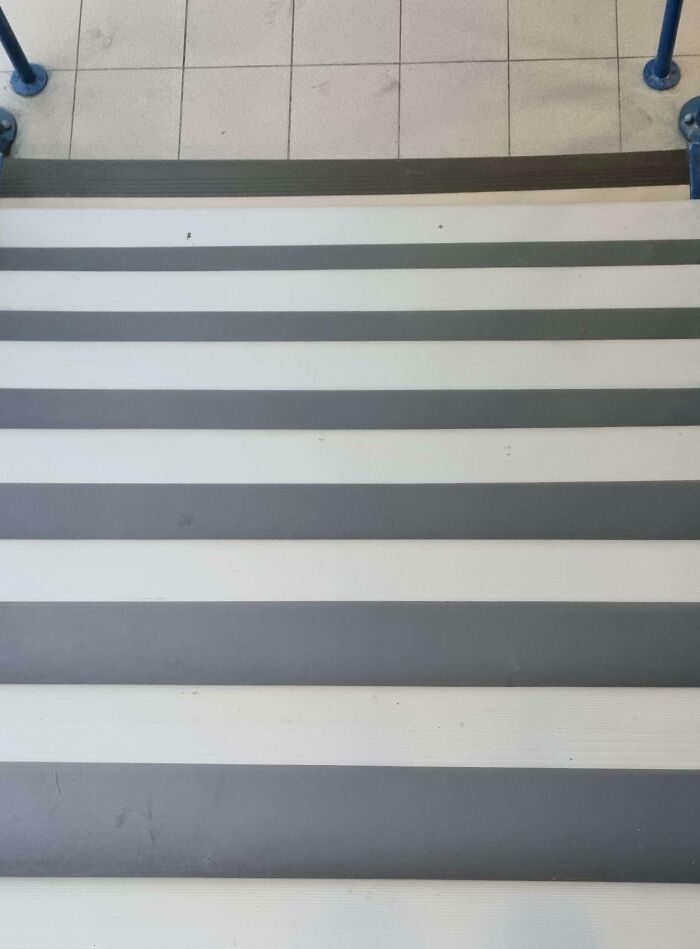


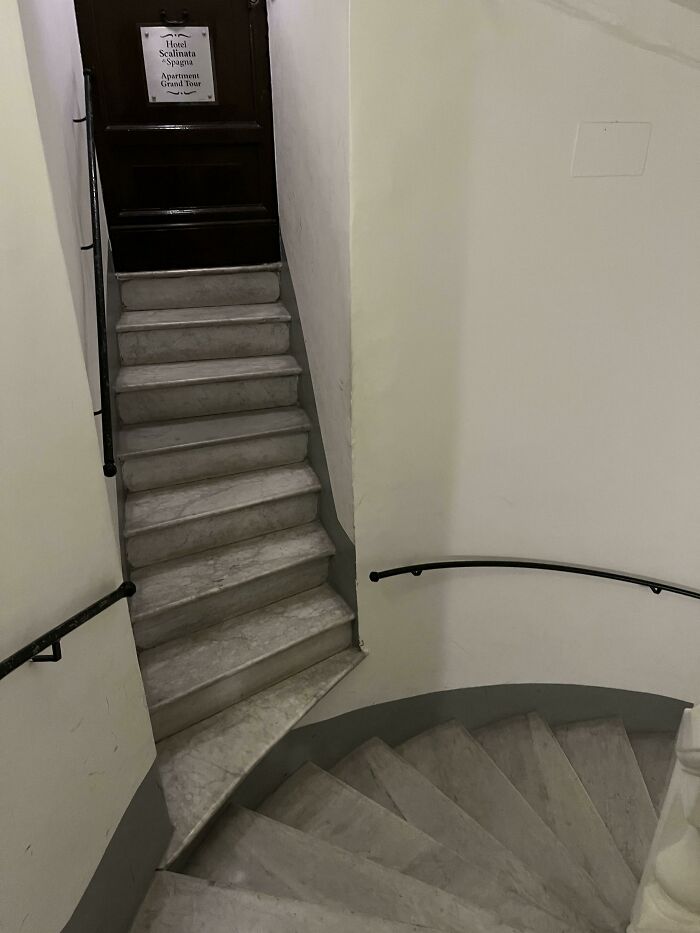





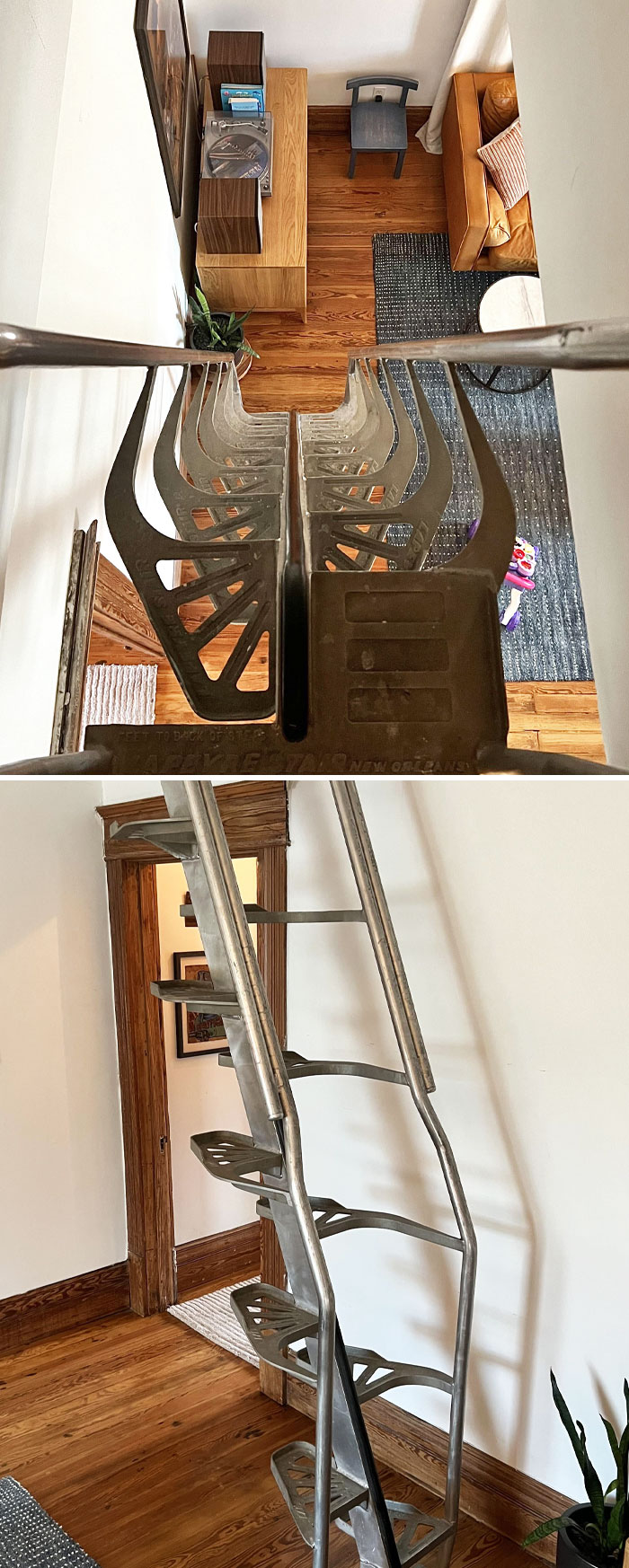


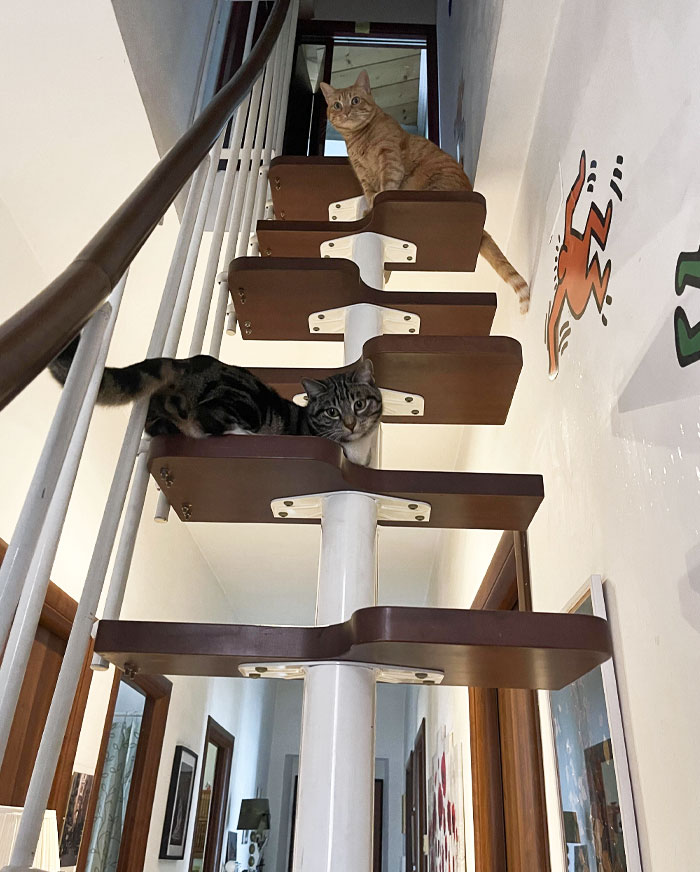


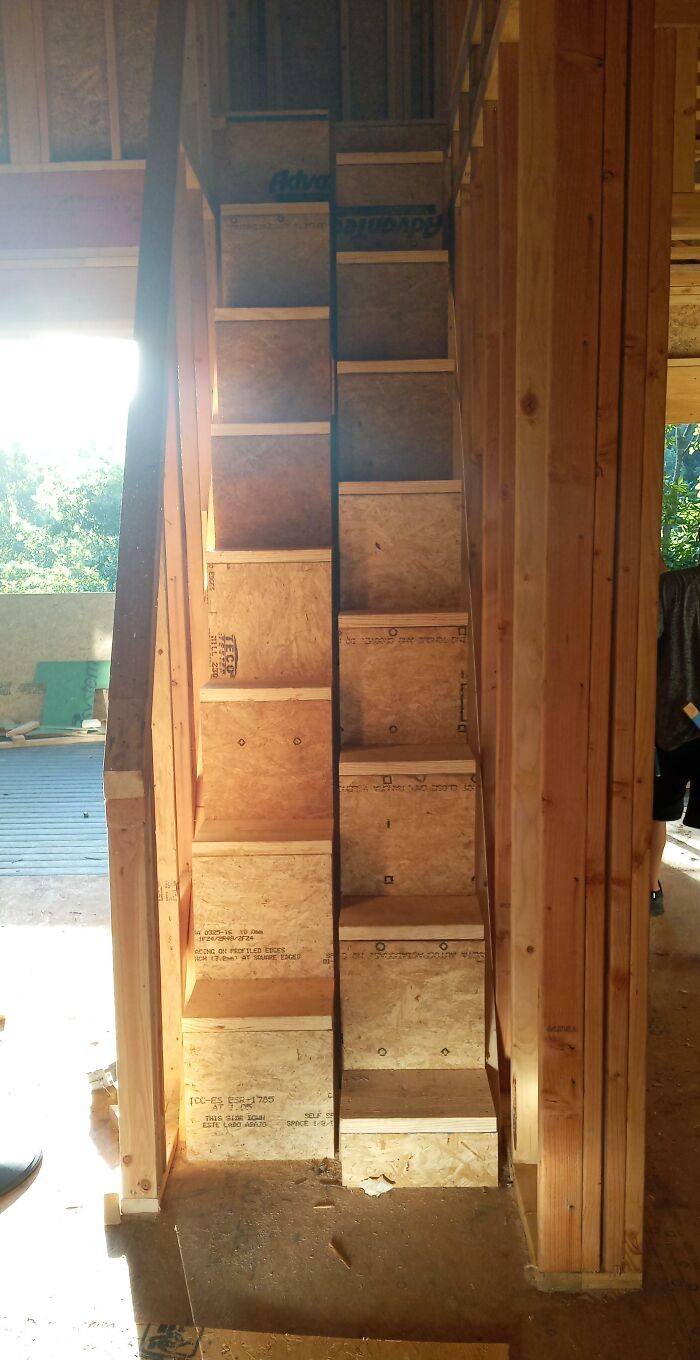


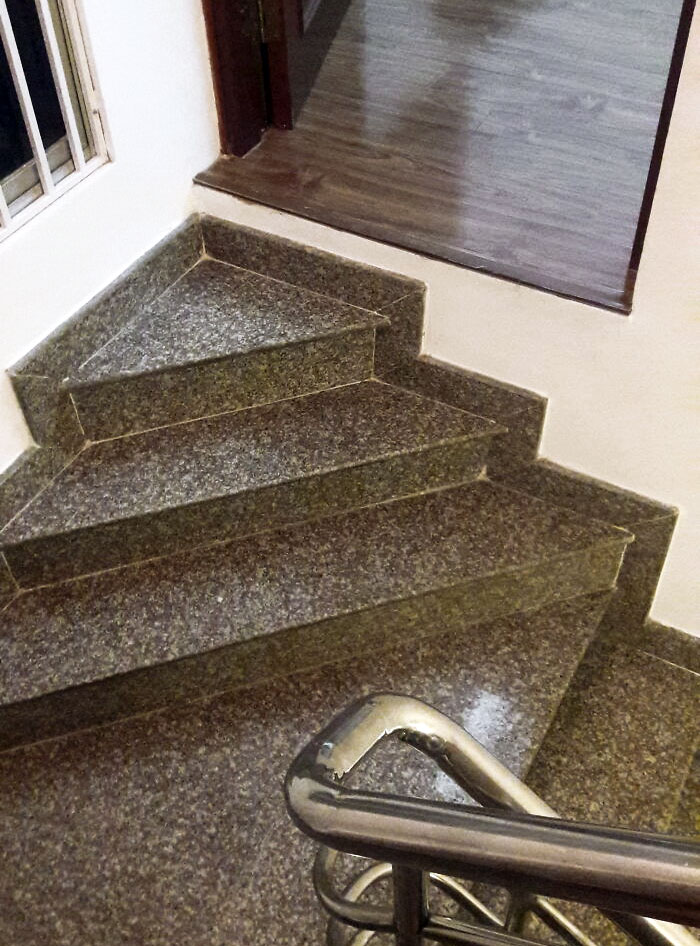


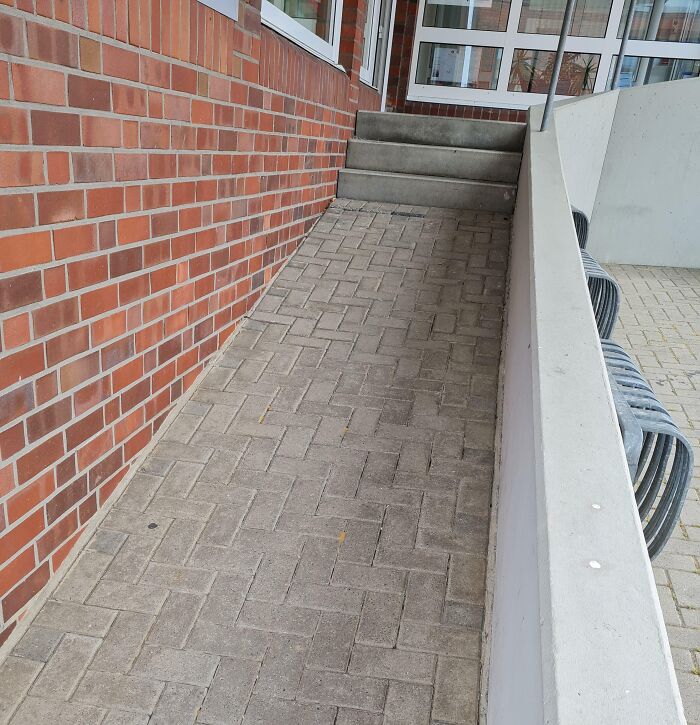





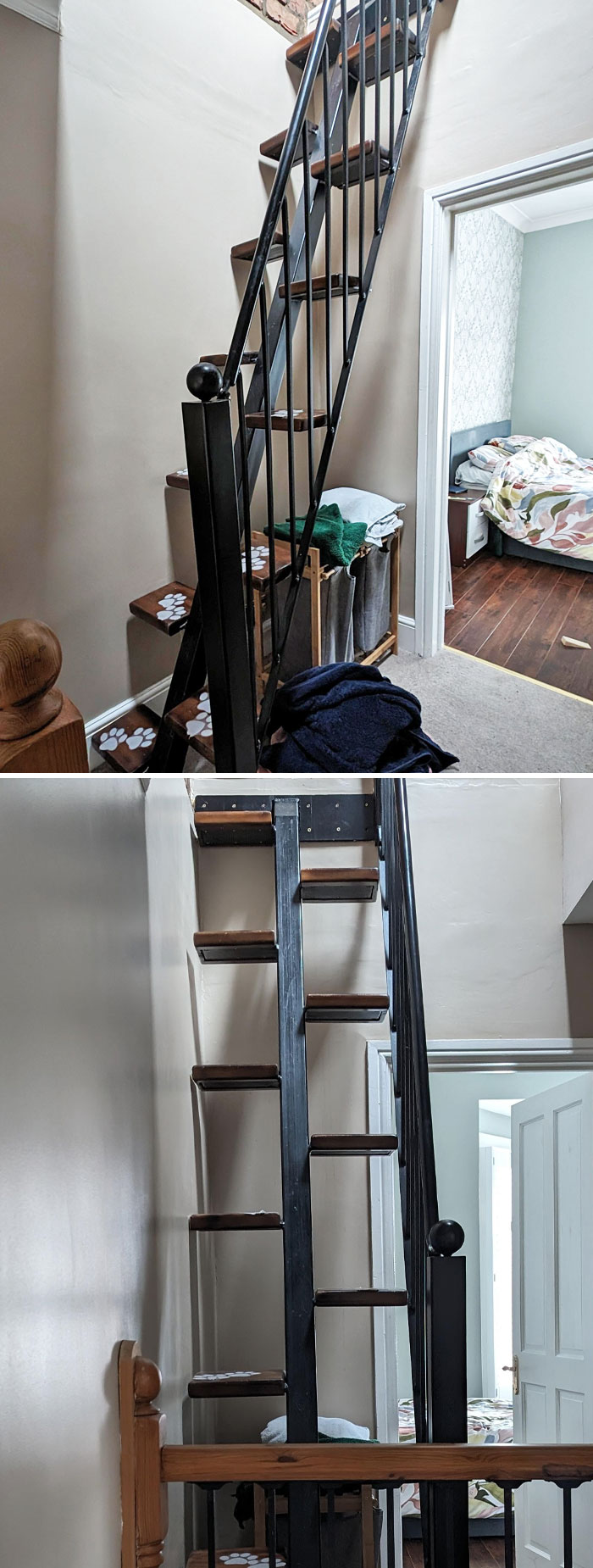


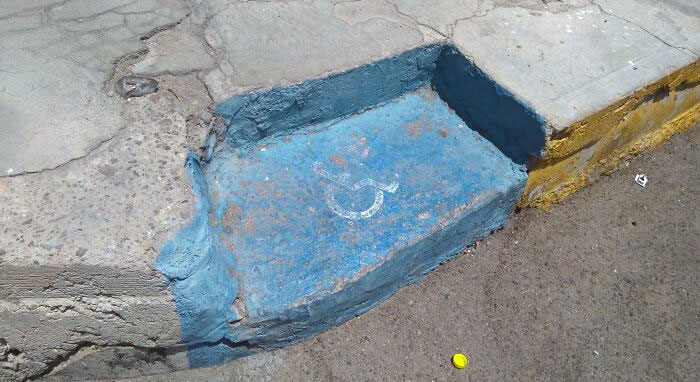


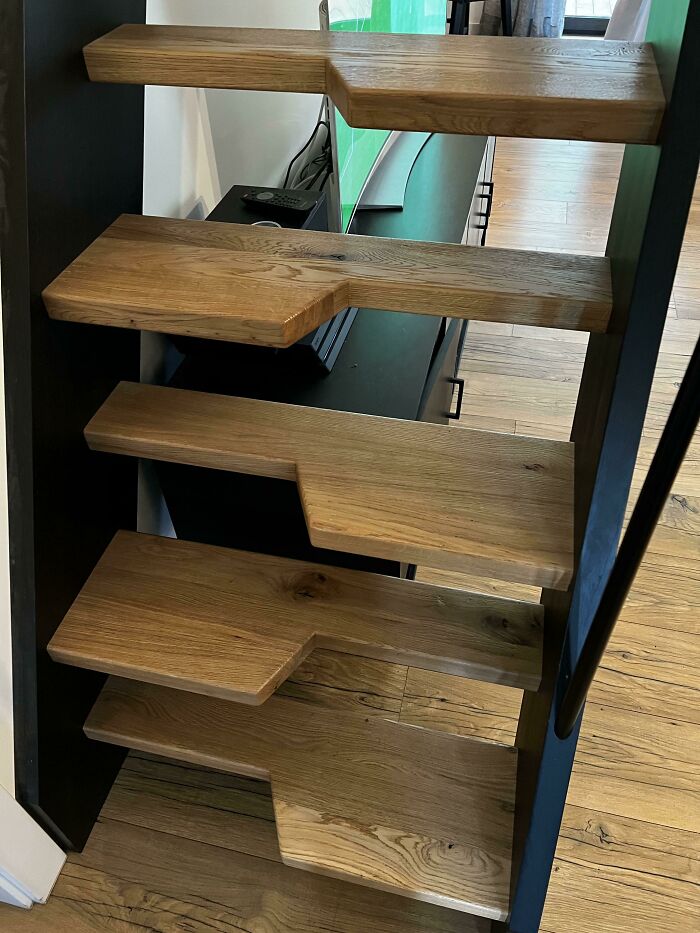


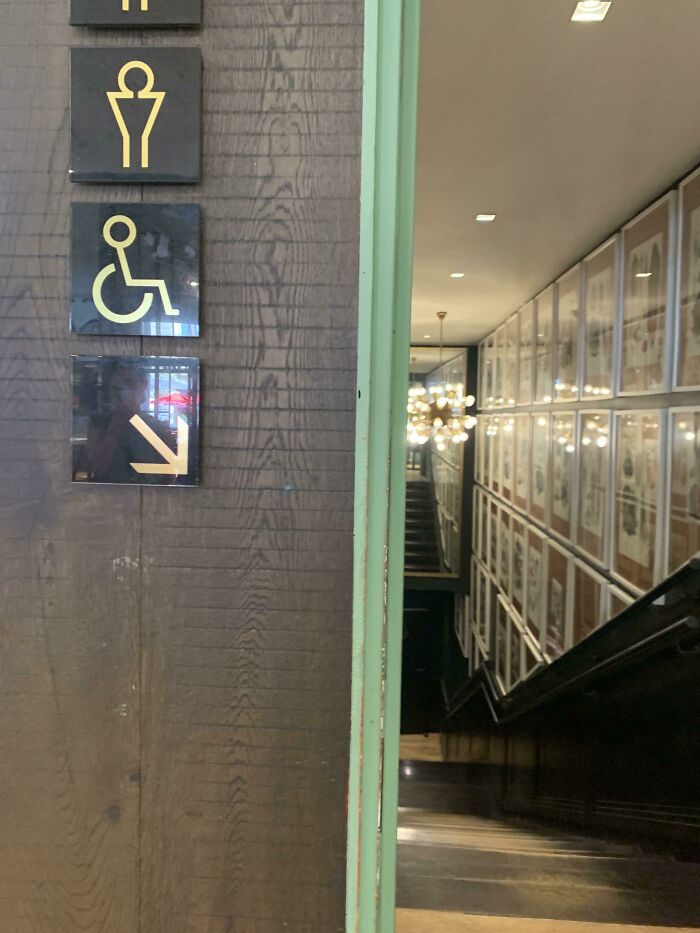


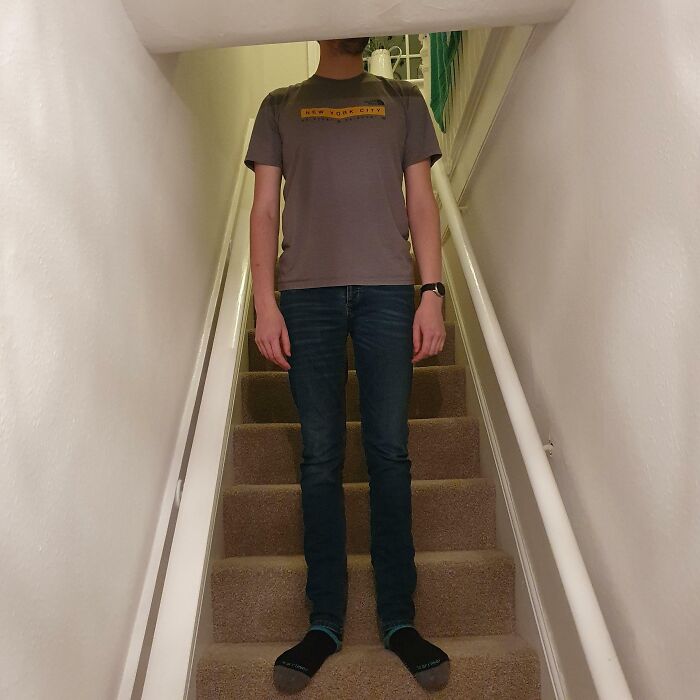


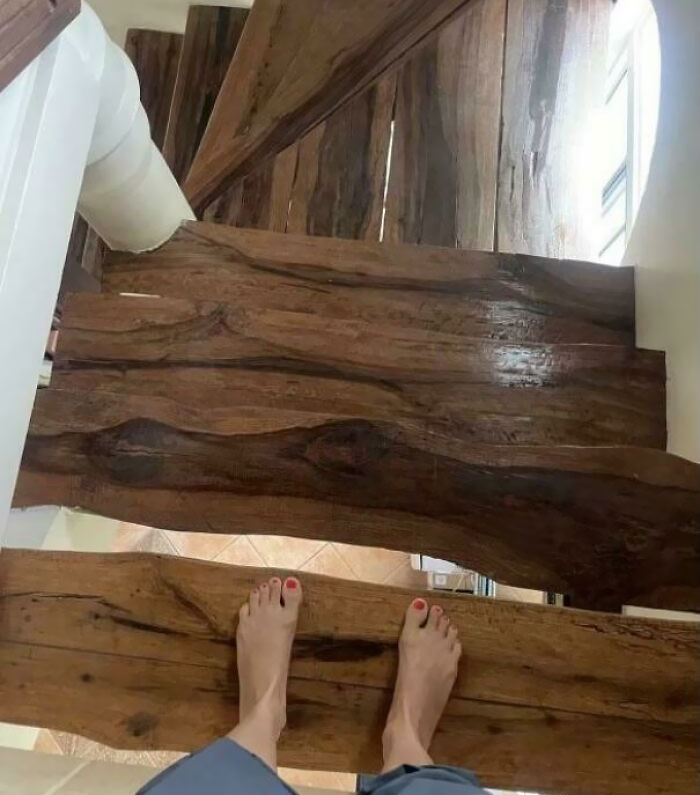


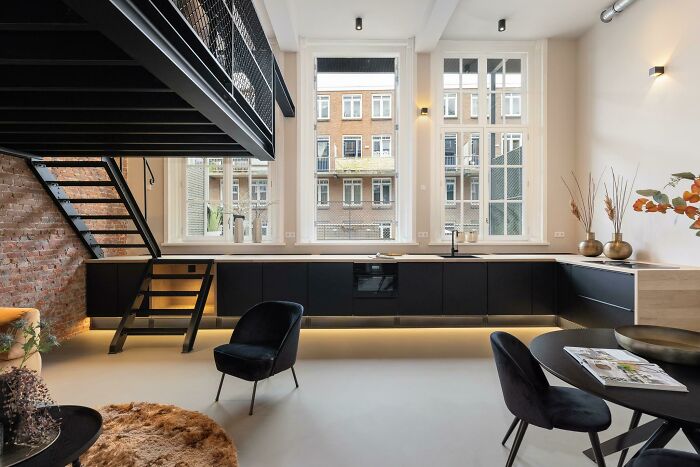





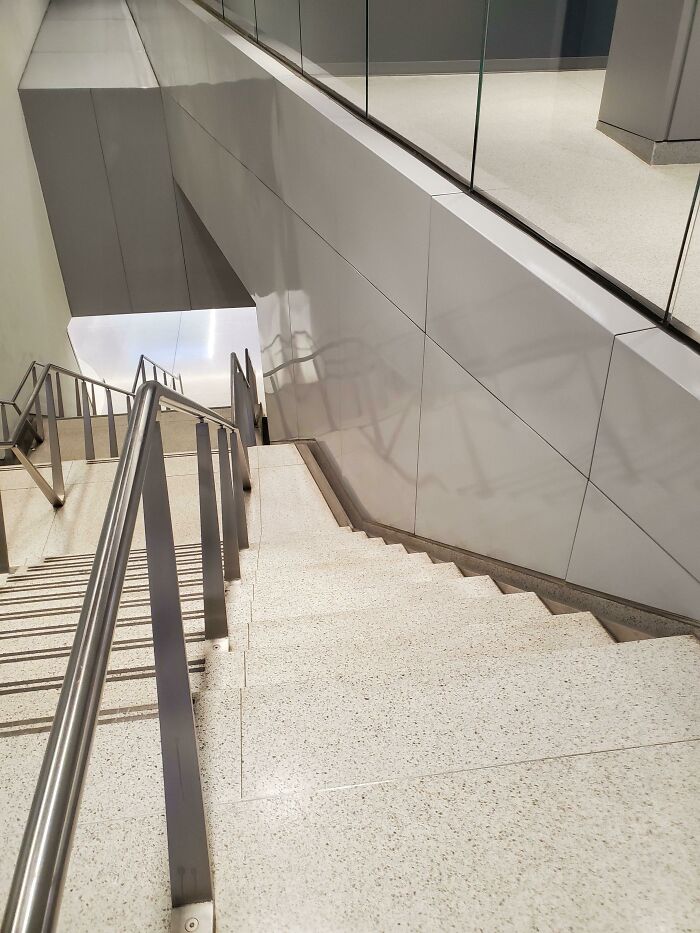


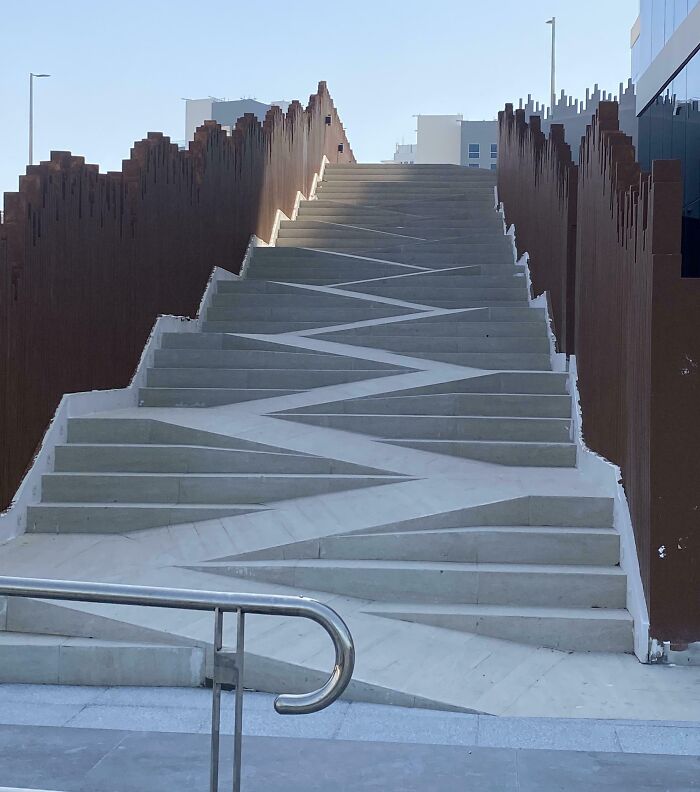


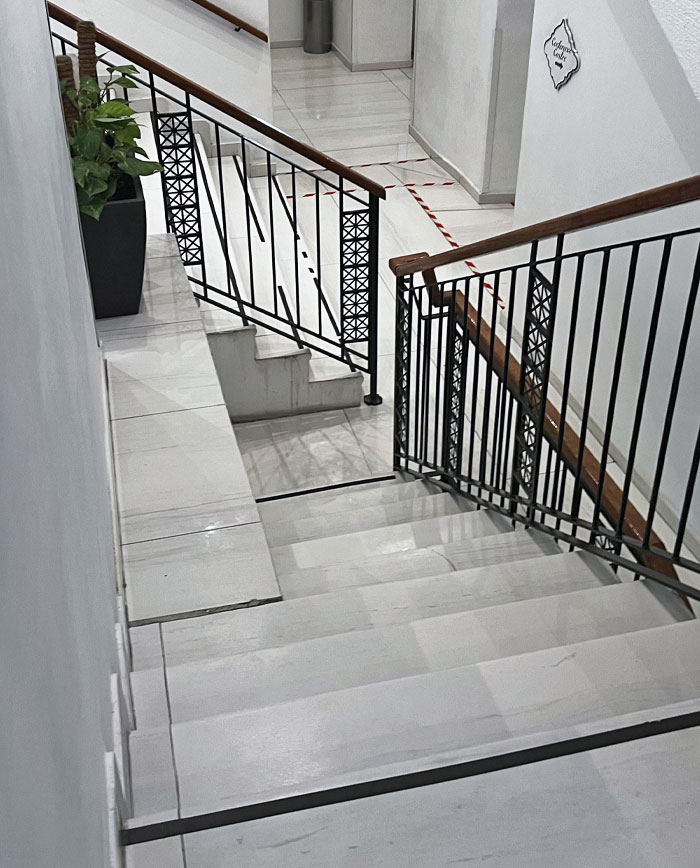





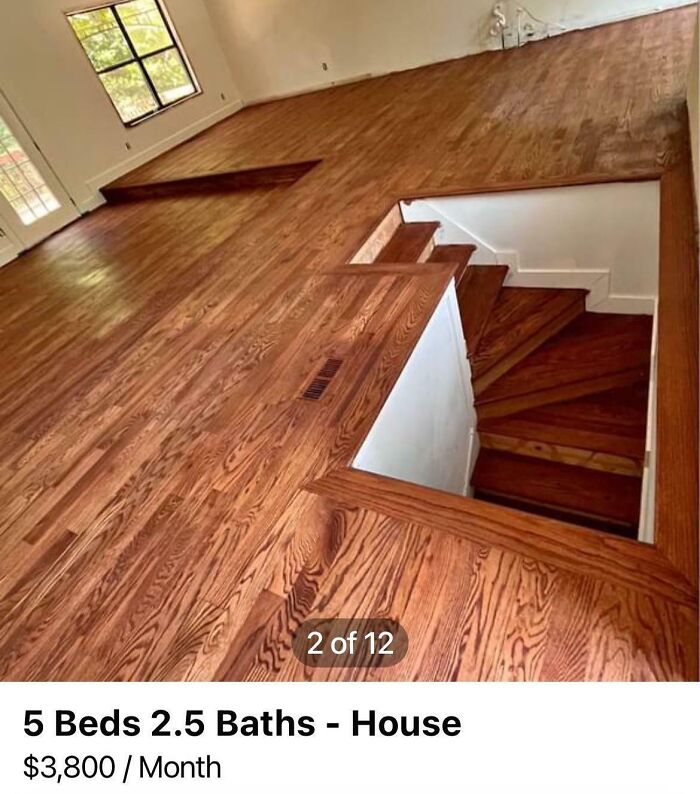







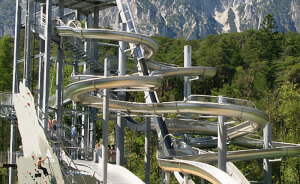

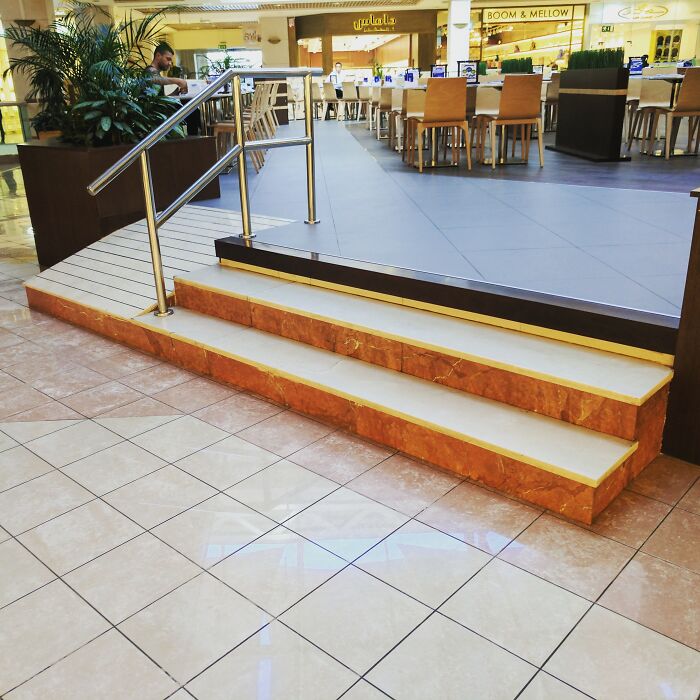





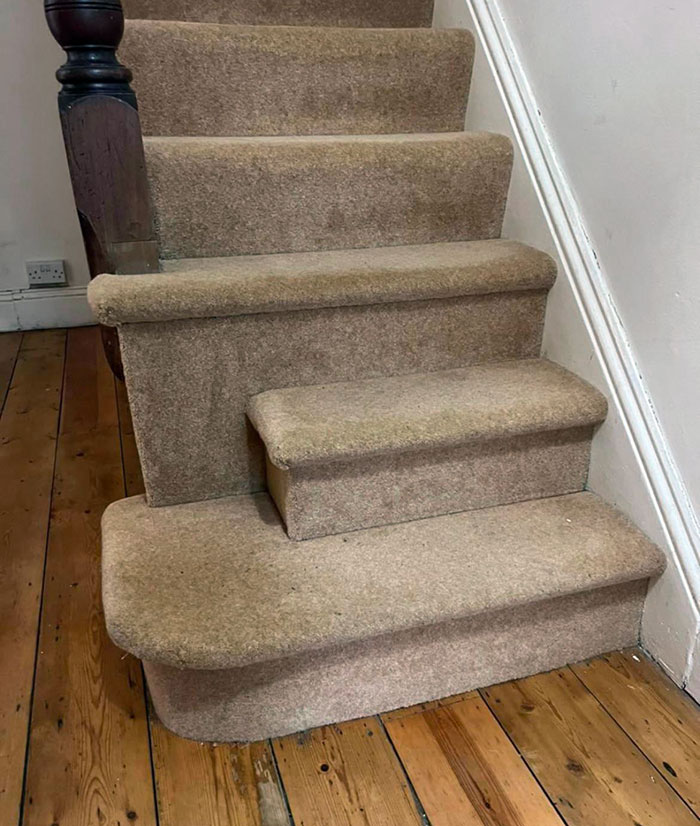


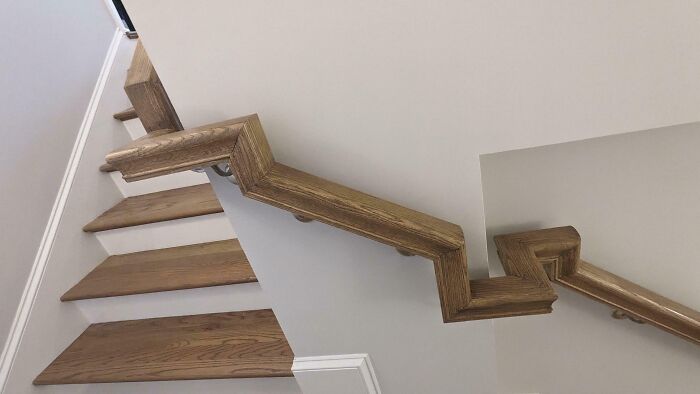


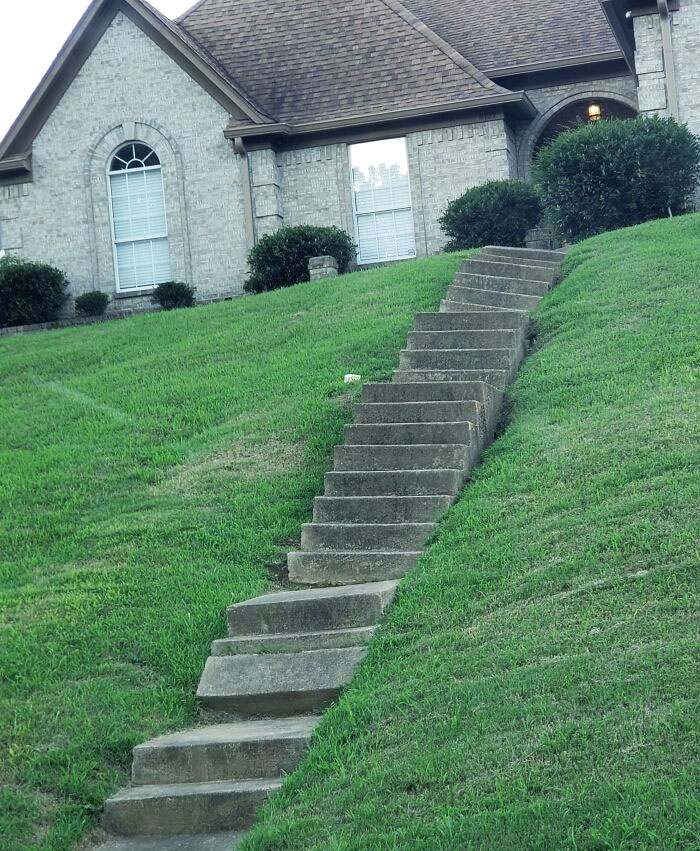


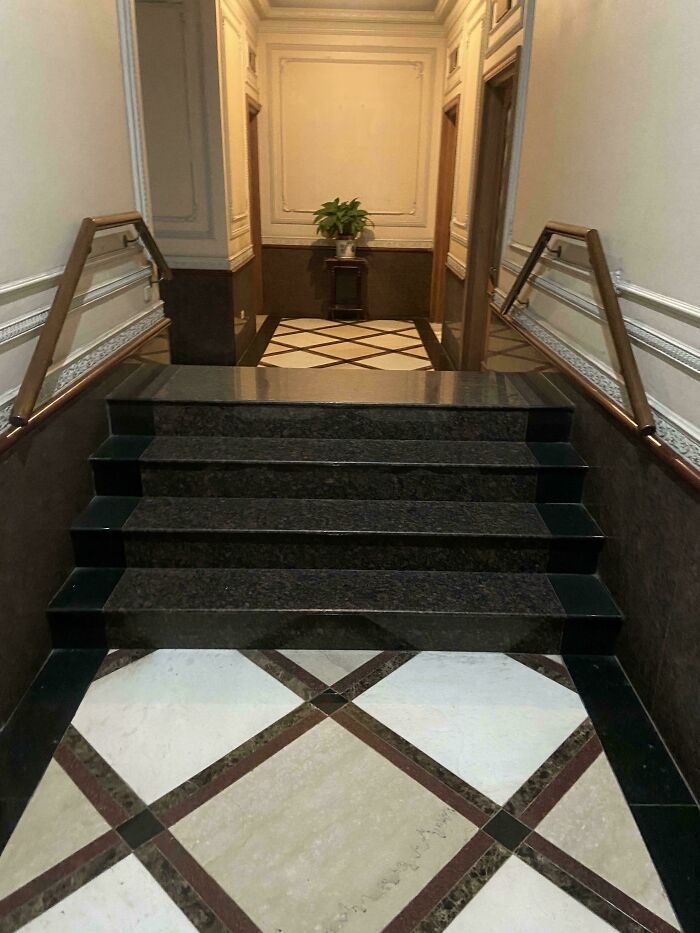




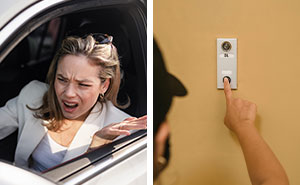

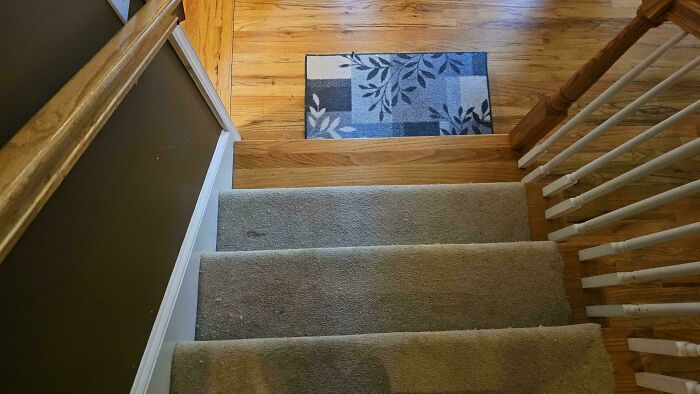


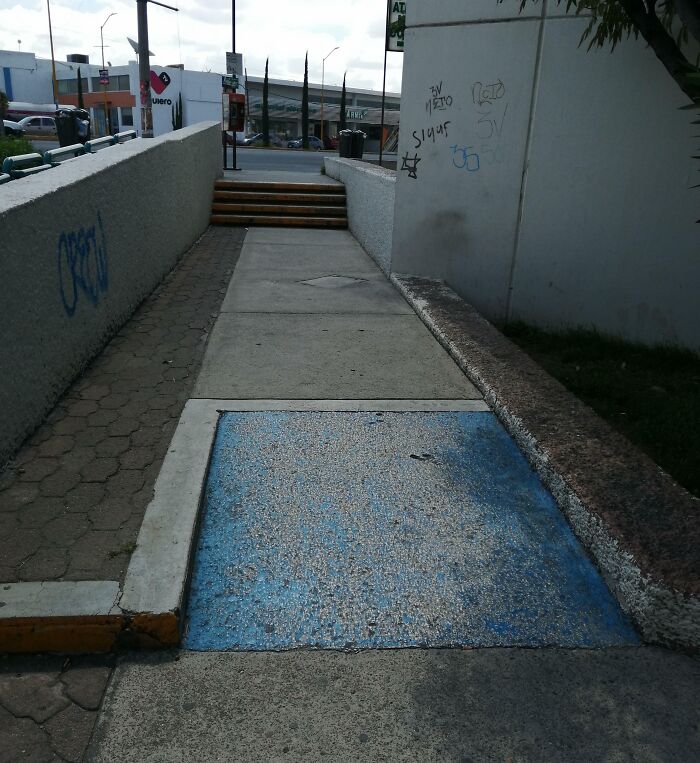


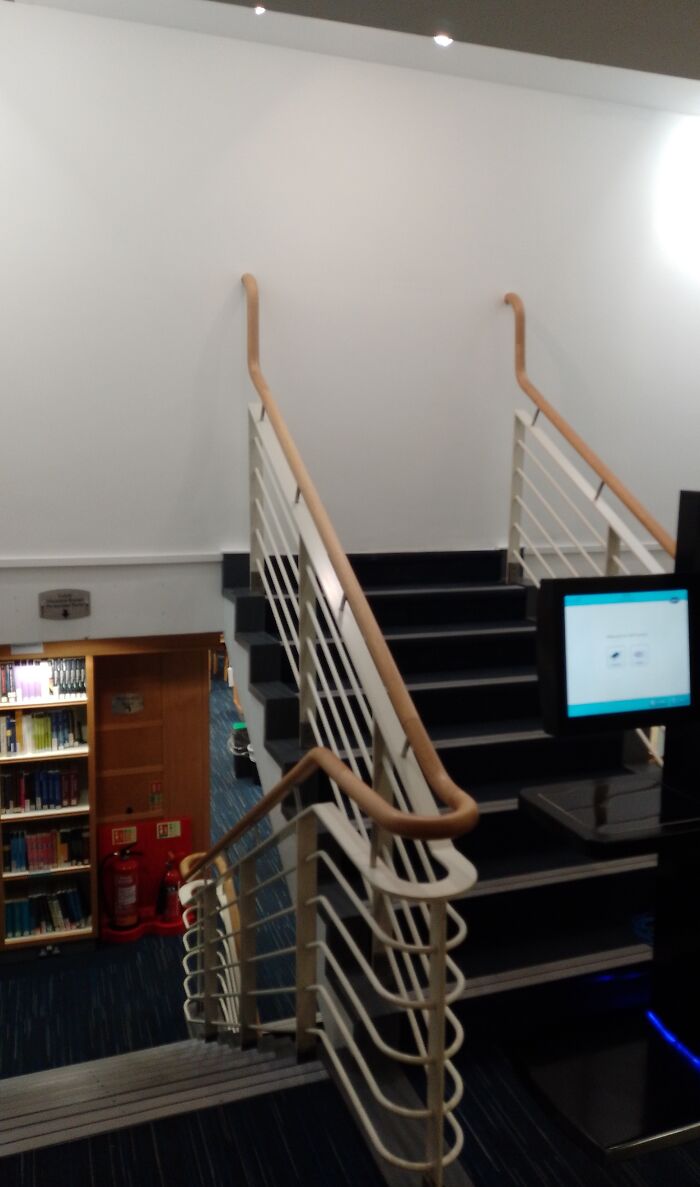


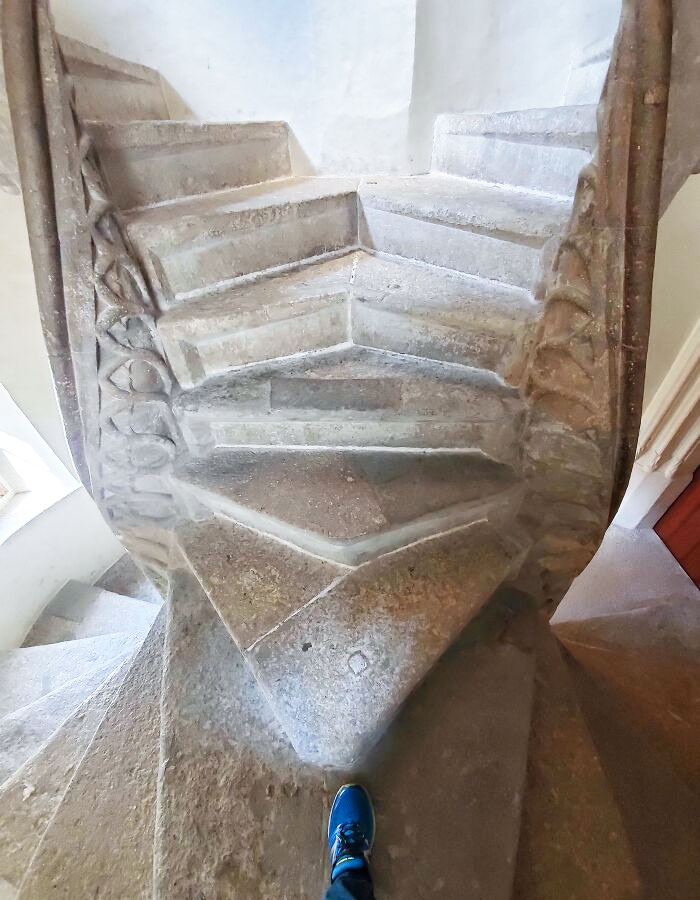


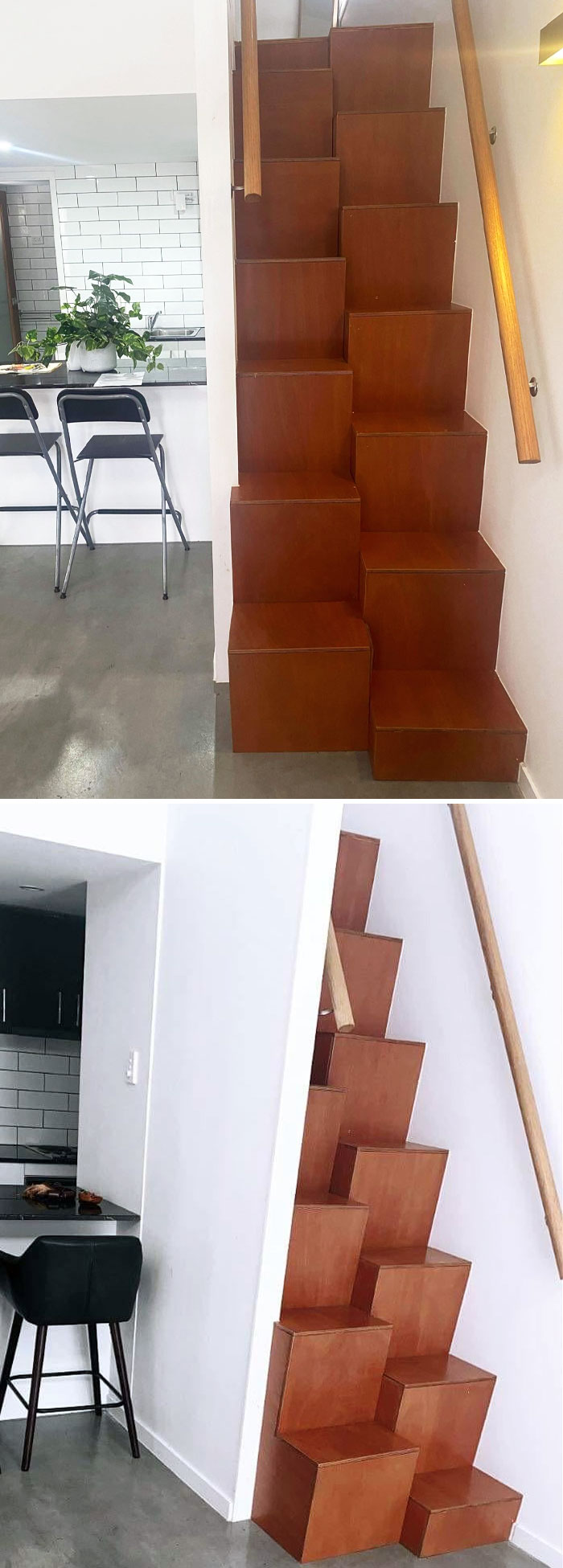


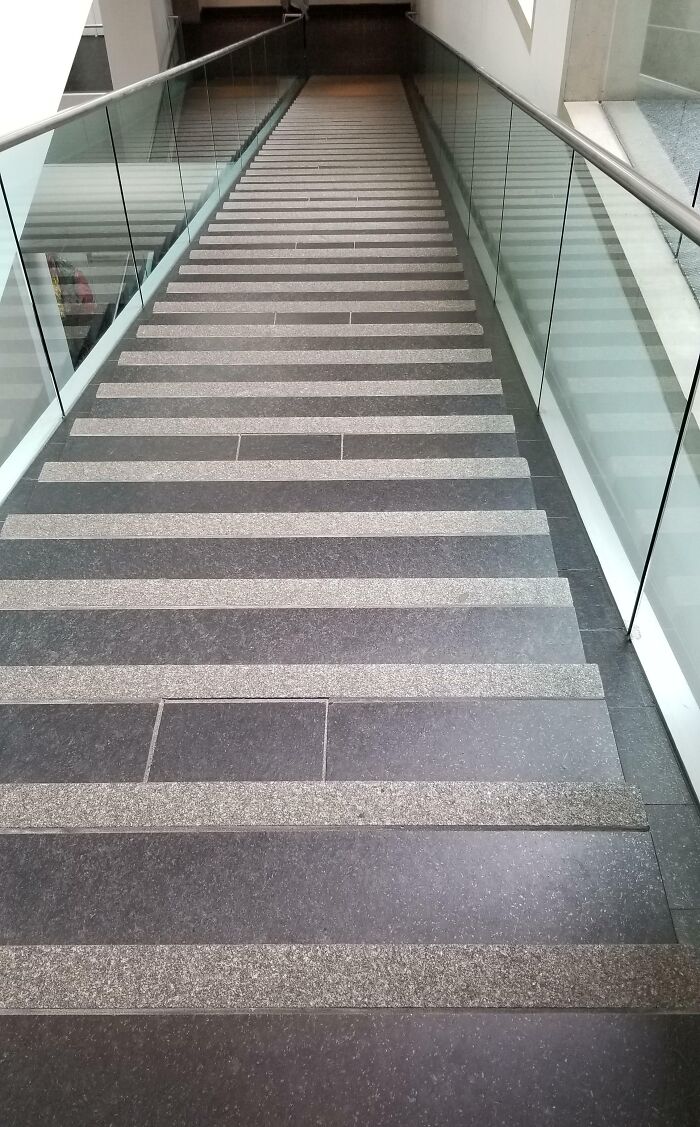





![]()


